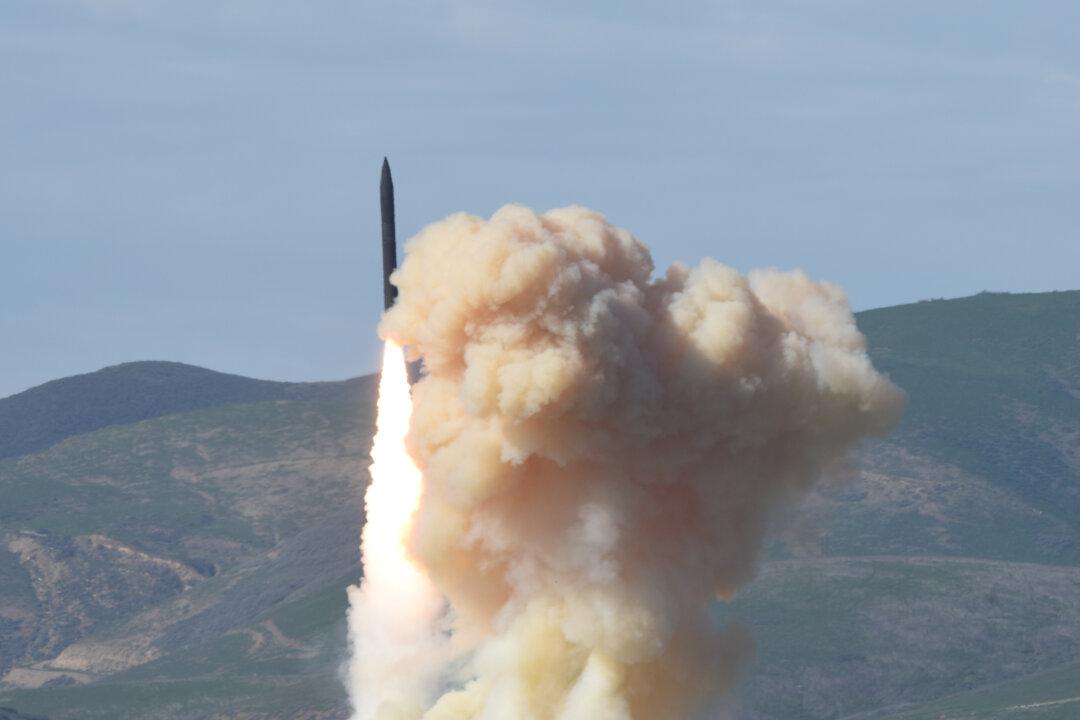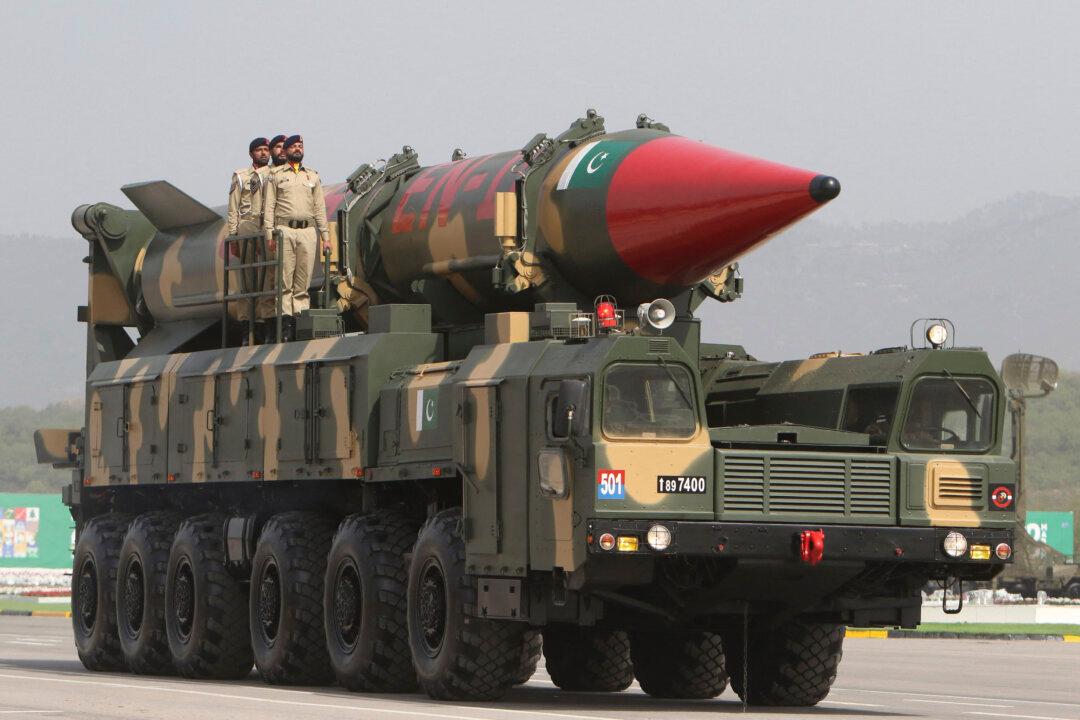An accelerating arms race will determine the contest for strategic primacy between the United States and China. Perceptions of American weakness could tempt China to risk war. At stake is whether future generations benefit from a prevailing liberal democratic order or become enveloped by a spreading illiberal anti-democratic order organized, led, and armed by the Chinese Communist Party (CCP).
Not only is the United States now racing with China to build an adequate missile deterrent capability in Asia, it is also racing with Beijing over who will provide leadership and control the narrative regarding Asia’s strategic future.





